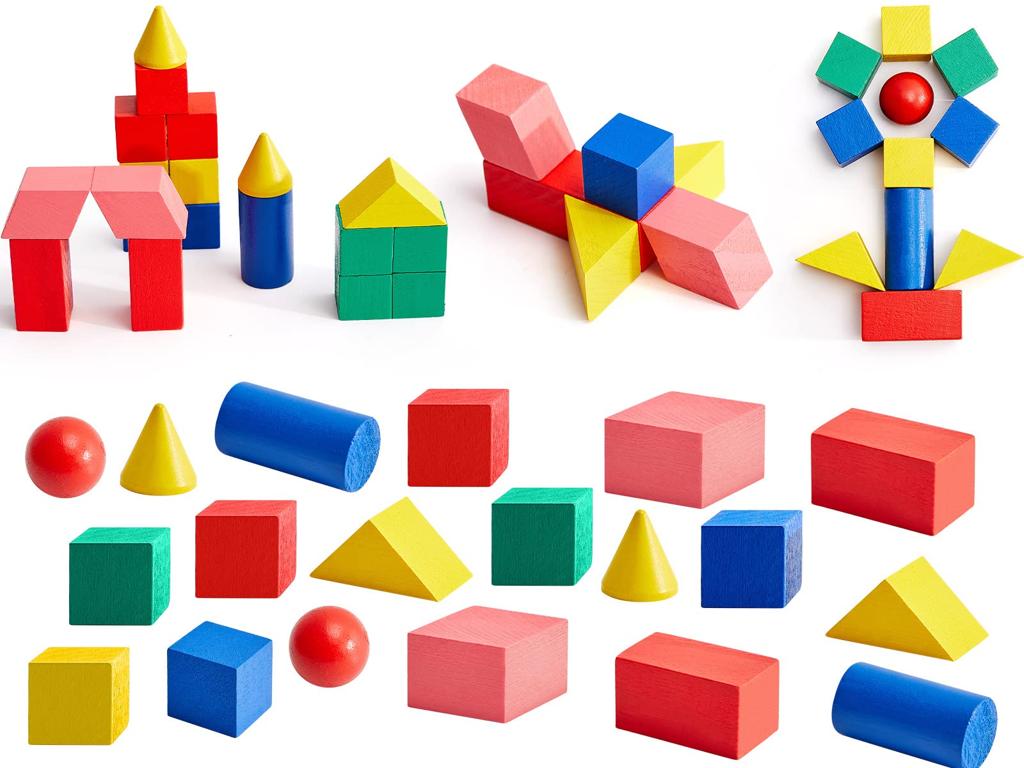Create And Interpret Line Plots With Fractions
Subject: Math
Grade: Fourth grade
Topic: Data And Graphs
Please LOG IN to download the presentation. Access is available to registered users only.
View More Content
Today’s Adventure: Line Plots with Fractions!
– Graphs represent data visually
– Line plots show data frequency
– Each X represents an occurrence of data
– Fractions on line plots
– Fractions indicate parts of a whole on the plot
– Uses of line plots in real life
– Helpful for comparing data, like class test scores
|
In today’s lesson, we’ll explore how graphs, specifically line plots, can be used to represent data in a visual and easily understandable way. Line plots are particularly useful for showing the frequency of data points along a number line. We’ll learn how to include fractions on these plots, which is a great skill for dealing with more precise data measurements. Understanding line plots with fractions will help students interpret real-world data, such as test scores, measurements in recipes, or heights of plants in a garden. Encourage students to think of situations where they have encountered fractions and discuss how these could be represented on a line plot.
Understanding Line Plots
– What is a line plot?
– A graph that displays data along a number line.
– Marking data with ‘X’s
– Each ‘X’ on the plot represents a piece of data.
– Showing data frequency
– We can see how often a data point occurs.
– Line plots with fractions
– Fractions show parts of a whole on the plot.
|
Introduce the concept of a line plot as a simple and effective way to organize data visually. Explain that each ‘X’ on a line plot corresponds to an individual data point and that the frequency of data can be easily observed by counting the ‘X’s above a number. Emphasize that line plots are particularly useful when dealing with fractional data, as they can represent parts of a whole in a clear and concise manner. Encourage students to think of examples where fractions are used in daily life, such as measuring ingredients for a recipe, which can be represented on a line plot. This will help them understand the practical applications of line plots with fractions.
Fractions on a Line Plot
– Understanding fractions
– Fractions represent parts of a whole, like a slice of pizza.
– Plotting fractions on a line
– Each point on a line plot can represent a fraction of a unit.
– Visualizing data with plots
– Line plots help us see the distribution and trends of data.
– Example: Plant heights
– If we measure plants, we can plot their heights as fractions of inches.
|
This slide introduces students to the concept of representing fractions on a line plot, which is a visual way to display data. Begin by explaining fractions as parts of a whole, using relatable examples such as slices of pizza or pieces of fruit. Then, show how these fractions can be represented on a line plot, with each point corresponding to a fraction of a unit. Use the example of measuring plant heights to give a concrete illustration of how this might look in practice. Students can measure plants to the nearest fraction of an inch and then place these measurements on a line plot. This activity will help them understand how line plots can be used to interpret and compare data.
Creating Our Line Plot with Fractions
– Draw a number line for fractions
– Ensure equal spacing for fractions like 1/4, 1/2, 3/4
– Collect fractional data points
– Find examples like pieces of fruit eaten
– Mark data with Xs on the number line
– Each X represents a piece of data above its fraction
– Interpret the plot
|
This slide is designed to guide students through the process of creating a line plot using fractions. Start by drawing a number line on the board and labeling it with fractions, making sure that the spacing between each fraction is equal. Next, engage the students in collecting data that can be represented in fractions, such as the number of 1/4 cups of water each plant received. Then, show them how to place an X above the corresponding fraction on the number line for each data point they have collected. Finally, discuss how to interpret the line plot by looking at the number of Xs above each fraction to understand the data distribution. Encourage students to ask questions and provide examples to ensure comprehension.
Interpreting Line Plots with Fractions
– Understanding ‘X’ on line plots
– Each ‘X’ marks a data point on our plot
– Counting fractions on the plot
– Tally the ‘X’s to see how often a fraction occurs
– Summarizing data from the plot
– Look for patterns and totals in the plotted data
– Practice with real examples
– Use examples like measuring ingredients for a recipe
|
This slide is aimed at helping fourth-grade students understand how to interpret line plots that include fractional measurements. Begin by explaining that each ‘X’ on a line plot represents a data point, which could be a measurement or count. Show students how to read the plot by counting the number of ‘X’s above each fraction to determine how many times that fraction appears in the data. Discuss how to summarize the data by looking for patterns or totals that the plot reveals. To solidify understanding, provide real-world examples, such as using line plots to measure ingredients for a recipe, where fractions are commonly used. Encourage students to create their own line plots using data from class experiments or surveys.
Let’s Practice: Measuring and Plotting
– Measure classroom items
– Record lengths as fractions
– Use rulers to measure items, then express those measurements in fractions
– Work in pairs for line plots
– Partner up to draw a line plot of your measurements
– Share plots with the class
– Discuss what you learned from your line plot
|
This class activity is designed to provide hands-on experience with line plots and fractions. Students will measure various items around the classroom using rulers and then express those measurements as fractions, which will help them understand fractions as parts of a whole. Working in pairs, they will create line plots to display their data visually, reinforcing their understanding of how to represent and interpret data. After completing their line plots, students will share their findings with the class, allowing them to practice their presentation skills and learn from each other’s observations. Possible items to measure include pencils, books, desks, and windows. Ensure that each pair has a ruler and graph paper for plotting. Encourage creativity and accuracy in their measurements and plots.
Line Plots in Daily Life
– Line plots and daily life
– Visualize data for everyday tasks
– Track weekly reading time
– Record daily pages read on a plot
– Using line plots at home
– Organize chores or track exercise progress
|
This slide aims to show students the practical applications of line plots in their daily lives. Line plots are a simple yet powerful tool for visualizing data, which can be used to track and compare information over time. For example, students can keep track of the number of pages they read each day by marking the fractions of books on a line plot. This visual representation helps them see their progress at a glance. At home, line plots can be used to organize chores, track exercise routines, or even monitor savings. Encourage students to think of other ways they might use line plots in their own lives and be prepared to discuss these ideas in class.
Class Activity: Fraction Line Plot
– Create a line plot with favorite fruits
– Each student places an X for a vote
– Use fractions for portions
– For example, if 1/2 like apples and 1/4 like bananas, mark the plot accordingly
– Interpret the plot as a class
– Discuss what the plot shows about our favorites
|
This interactive class activity is designed to help students understand how to create and interpret line plots with fractions. Each student will contribute to the data by voting for their favorite fruit. As they place their votes on the plot, they will use fractions to represent the portions of the class that prefer each fruit. After everyone has voted, the class will come together to interpret the data, discussing what the plot reveals about the class’s fruit preferences. This will not only reinforce their understanding of fractions but also teach them how to visualize and interpret data. Possible variations for the activity could include using different categories, such as favorite books or sports, or comparing results between different classes or grade levels.
Review: Line Plots with Fractions
– Recap on line plots and fractions
We learned how to display data with fractions on a line plot.
– Steps to create a line plot
Choose a scale, plot the data points above the number line, and align them with fractions.
– Open floor for questions
– Encourage curiosity and understanding
It’s okay to ask questions or share what makes you wonder!
|
This slide is meant to consolidate the day’s learning and check for understanding. Start by asking the class to summarize what they’ve learned about line plots and fractions. Then, invite a volunteer to explain the process of creating a line plot. Open the floor for any questions the students might have, reassuring them that curiosity is part of learning. Encourage them to think about what they found interesting or what they might still be confused about. This is also a good time to address any misconceptions and to reinforce key concepts. The goal is to ensure that all students feel comfortable with the material before moving on.
Homework Challenge: Measuring and Plotting
– Find 3 items to measure at home
– Plot the measurements on a line plot
– Use a ruler to measure items in inches
– Label your number line with fractions
– Each point on the plot represents an item’s length
– Share your plot with the class
|
This homework task is designed to reinforce the concept of line plots and the use of fractions in a practical context. Students are asked to find three household items, measure them, and represent these measurements on a line plot. Emphasize the importance of accurate measurement and the correct use of fractions on the number line. Encourage creativity in their choice of items to measure. Remind them to be prepared to present and explain their line plots in the next class, discussing the different lengths and how they determined where to place each item on the line plot. This activity will help students understand the real-world application of line plots and fractions.



/american_world_power_events.jpg)


